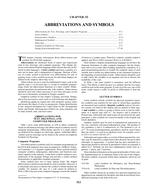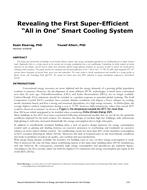Click here to purchase
Grid-interactive efficient buildings and their flexible end loads will play an important role in transitioning the grid to increased levels of renewable energy. To understand the national building stock’s grid resource potential there is a need to model a representative population of buildings in conjunction with grid and market models. This paper addresses this need by presenting a methodology to parametrically instantiate a population of residential and commercial buildings that are representative of various regions in the United States. This process leverages a range of data sources such as the commercial building and residential energy consumption surveys (CBECS and RECS), scorecard building models, and additional data sources from the literature. These data are used to create population probability distribution functions for a range of critical building parameters such as envelope insulation, window fraction, building thermal mass, HVAC coefficient of performance and oversizing factor, internal loads, and occupancy and operation schedules. These parameters were used to model a population of residential and commercial buildings representative of utility regions in Texas using GridLab-D. Results are compared to actual load profiles for an entire year. The paper concludes with a discussion of lessons-learned and the identification of critical building parameters whose variation across the building stock is not well characterized in the literature.
Citation: 2021 Virtual Conference Papers
Product Details
- Published:
- 2021
- Number of Pages:
- 10
- Units of Measure:
- Dual
- File Size:
- 1 file , 1.7 MB
- Product Code(s):
- D-VC-21A-C007
- Note:
- This product is unavailable in Belarus, Russia


